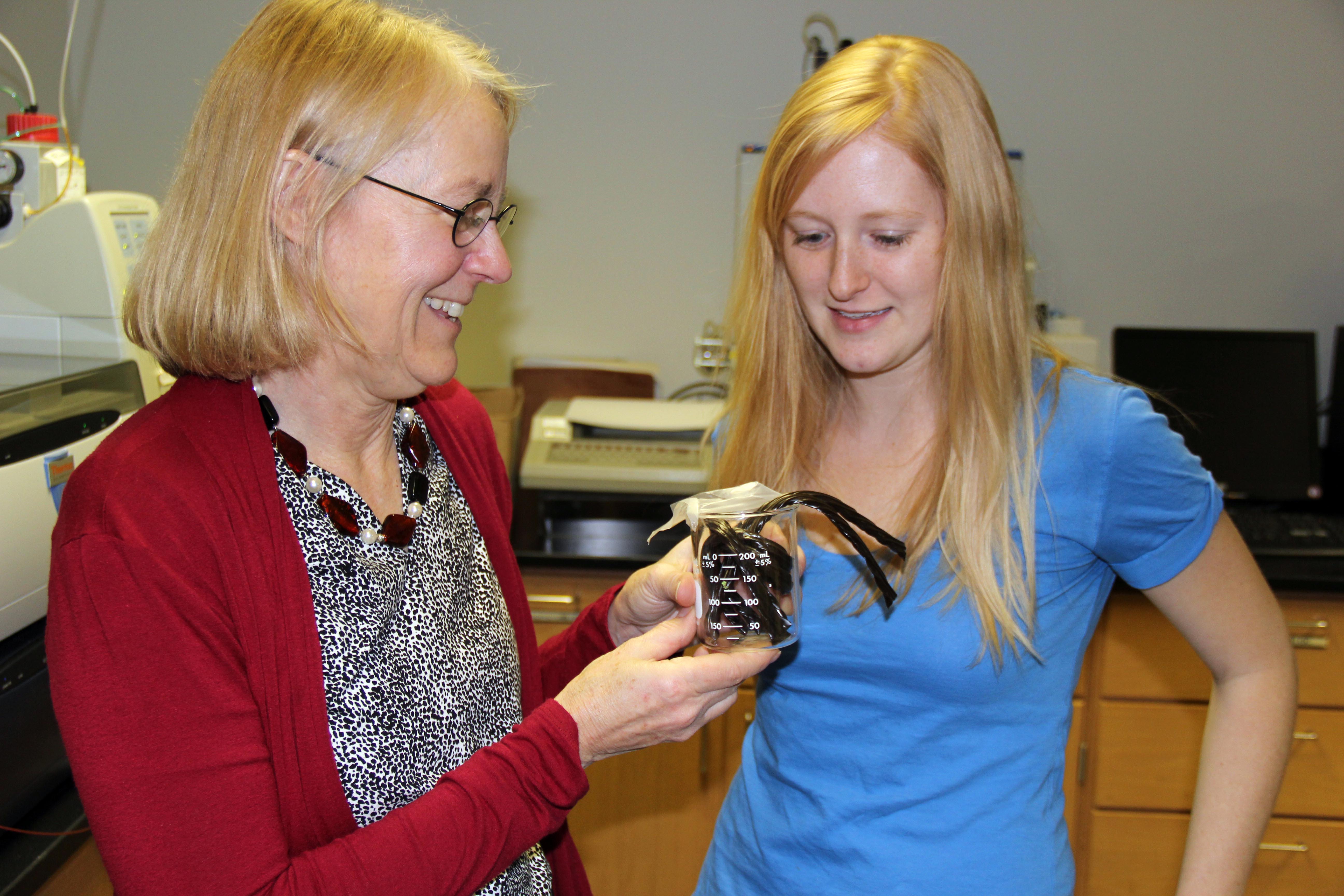West Virginia spill activates Virginia Tech engineers in effort to determine long-term effects of chemicals

Virginia Tech faculty engineers and students are unravelling fundamental chemical and health properties of the chemical that contaminated the drinking water for the residents of West Virginia.
Fueled by a $50,000 National Science Foundation Rapid Response Research grant, the team seeks to understand the properties of a chemical mixture called crude 4-methylcyclohexane methanol (MCHM), according to study leader Andrea Dietrich, a professor of civil and environmental engineering.
The research team, which includes associate professor Daniel Gallagher, assistant professor Robert Scardina, and senior analytical chemist Jody Smiley of the Department of Civil and Environmental Engineering, is determining the long-term fate of the chemicals in the drinking water distribution system and the environment.
This industrial chemical mixture is used during the separation and cleaning of coal products. More than 10,000 gallons of the chemical leaked from a storage tank near Charleston, W.Va., and entered the river upstream of a water-treatment plant on Jan. 9. The drinking water of more than 300,000 West Virginians was contaminated.
Water restrictions began to be lifted on Jan. 13 but residents are still detecting the telltale odors of MCHM.
“Residents were alerted by a strong licorice odor that led many people to think at first that the air was polluted,” Dietrich said. “In that respect, consumers are important sentinels for exposure to low levels of MCHM. As is typical of chemicals that were grandfathered under the Toxic Substances Control Act, not a lot of data exists about the product.”
Dietrich said many knowledge gaps exist about the short- and long-term fate of the chemical in water systems. The research will provide fundamental chemical properties that can be used to estimate human exposure through drinking water and indoor air pollution.
Other parameters will evaluate if MCHM interacts with plastic pipe and epoxy liners in water tanks. This research will help determine long-term remediation measures for the water distribution system.
Graduate students in Dietrich’s Civil and Environmental Engineering Techniques for Environmental Analysis class jumped into the lab to develop analytical chemical techniques that isolated the six major components in the crude mixture and identified their chemical structures.
After identifying the chemicals, they scoured government and industrial databases and realized how little is known about the properties of the compounds. This forced them to master modeling techniques to estimate toxicity and interaction with drinking water pipes and plumbing.
“We capitalize on opportunities to engage engineering students in real-world situations that allow them to make important civic contributions and expand their knowledge,” Dietrich said. “We will share what we learn with the scientific and engineering communities for future planning, and with citizens who want to understand more about the effect of this chemical on the water supply.”
“This is one of the largest human-made environmental disasters in this century. In instances such as this, where the situation is still developing and public health is involved, timing is everything,” said William Cooper, a program director in NSF's division of Chemical, Bioengineering, Environmental and Transport Systems, in a news release that announced the awards. “RAPID grants give researchers the support they need to be on the ground and to collect data immediately.”
RAPID awards have been given before in similar circumstances, such as the 2010 Gulf of Mexico oil spill and the 2004 Indian Ocean tsunami.







